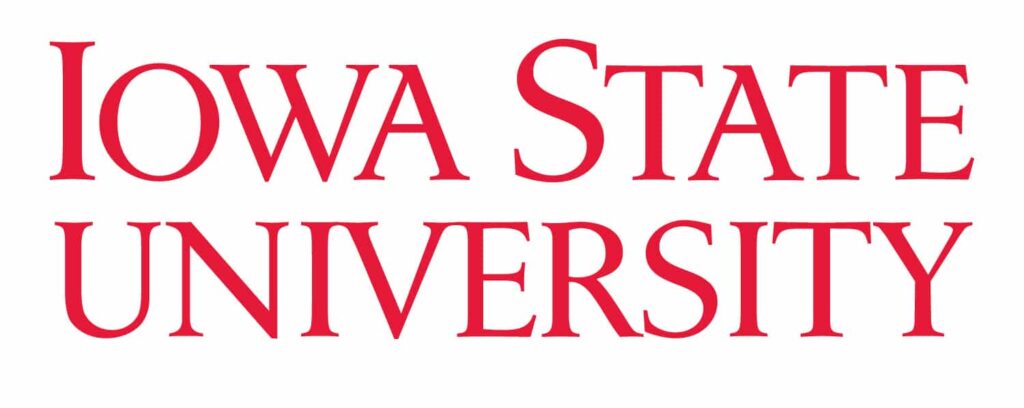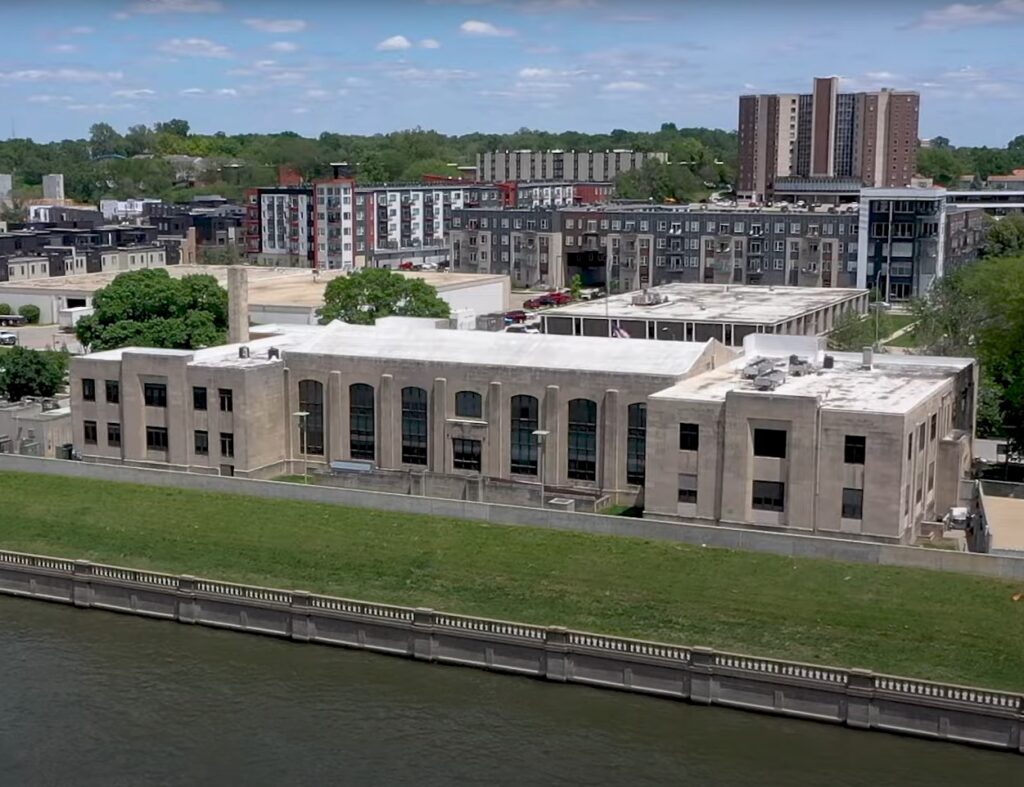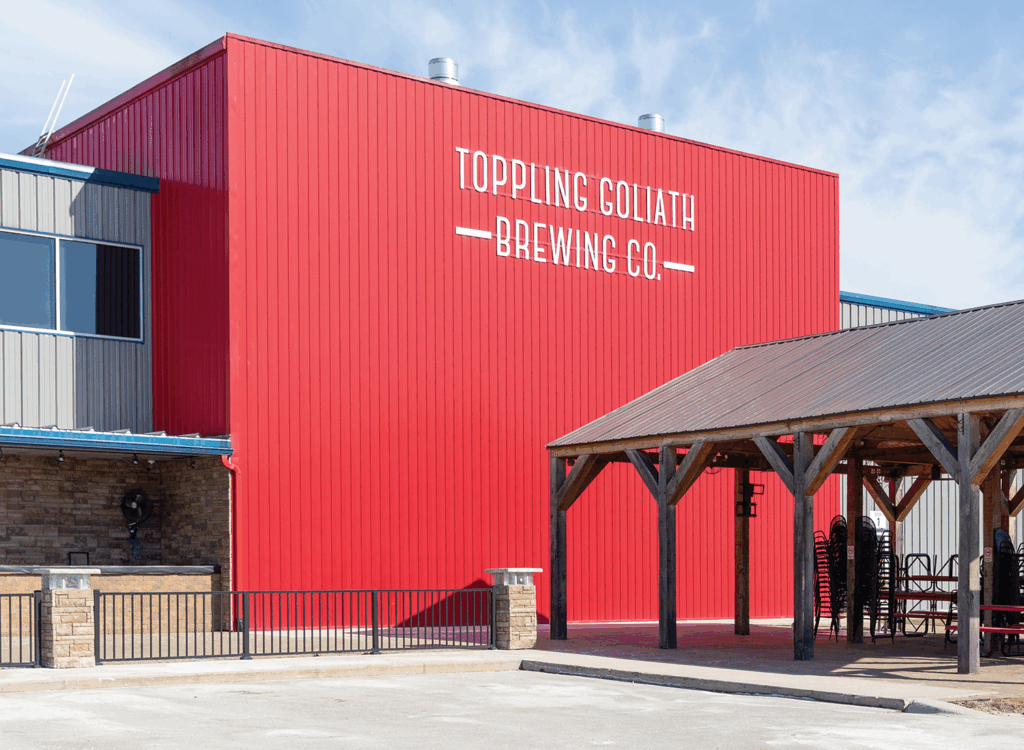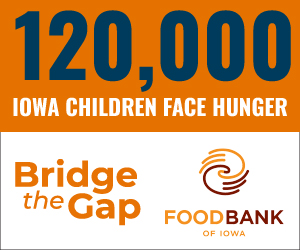Growth in Iowa’s economy slows as confidence sinks to lowest level since before pandemic

Iowa’s economy continued to grow in September, but at a slower pace, according to a monthly survey of supply chain managers.
Despite the continued growth, concerns over labor shortages and supply chain bottlenecks pushed confidence to its lowest level since before the pandemic, the report showed.
According to Creighton University’s Mid-America Business Conditions Index, the index for Iowa in September dipped to 62.8, down from 68.2 in August.
The index is an average of indexes for new orders, production or sales, employment, inventories, and delivery lead time. It is compiled from a survey of supply chain managers in nine states, including Iowa. It ranges from zero to 100, with a score higher than 50 indicating an expanding economy over the next three to six months.
Components of the index all remained above 50 in September, with delivery lead times showing the strongest performance with a score of 84.4. New orders had a score of 64.6, employment was 58, production or sales was 55.6, and the index for inventories was 51.
Ernie Goss, director of Creighton University’s Economic Forecasting Group and the Jack A. MacAllister Chair in Regional Economics, also noted improvement in wages in manufacturing in September.
“Average hourly wages for all manufacturing workers in Iowa expanded by 1.7% over the last 12 months compared to 2.4% for the same period between 2019 and 2020,” he said.
For the region, the index declined to 61.6, down from 68.9 in August. It has remained above growth-neutral for 16 of the last 17 months after declining to a record low in April 2020.
According to the report, released Oct. 1, supply managers reported that worker shortages represented the greatest challenge for the next 12 months and were restraining growth.
“Creighton’s monthly survey results indicate the region is adding manufacturing business activity at a positive pace, and that regional growth will remain solid, but somewhat slower,” Goss said. “Supply chain bottlenecks and labor shortages remain the primary obstacles to growth.”
He said more than 73% of supply chain managers said they expect shoppers to face higher prices and fewer items on shelves this holiday shopping season.
Concerns about supply chain disruptions and worker shortages caused the confidence index for the region to drop to 37 in September, the fourth consecutive month it has declined, the report showed.










